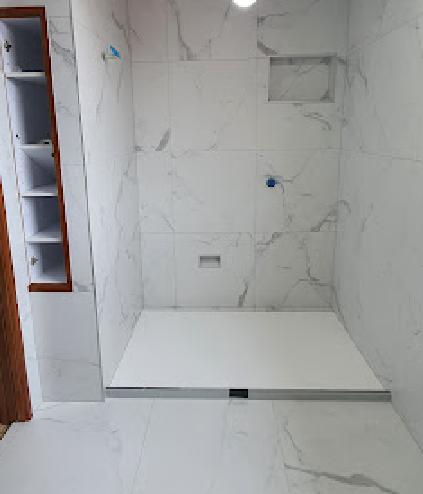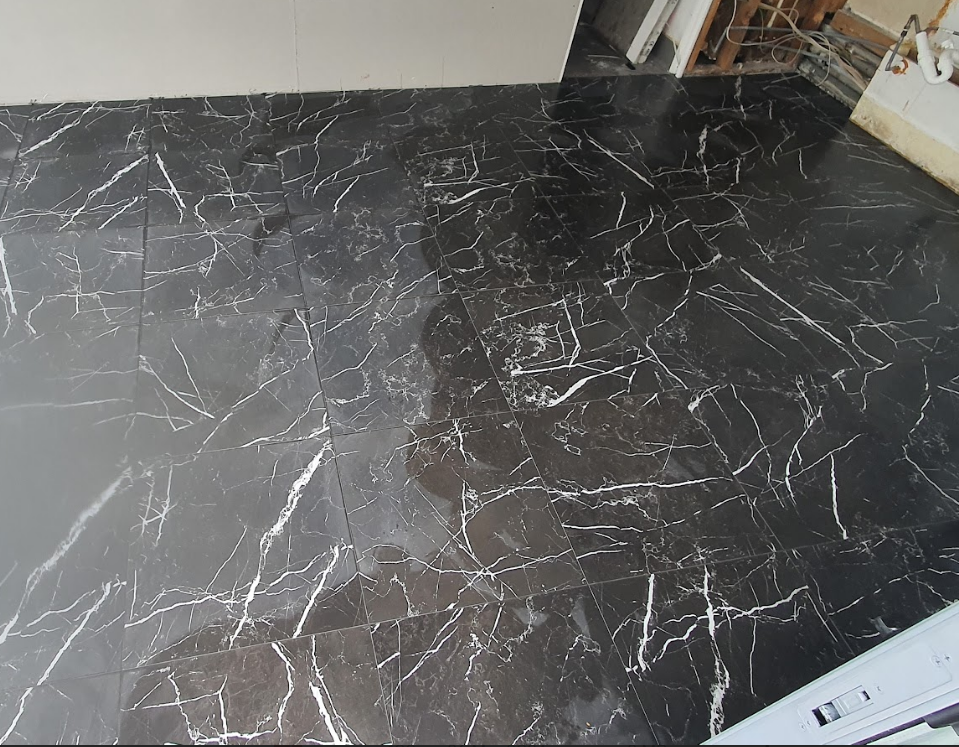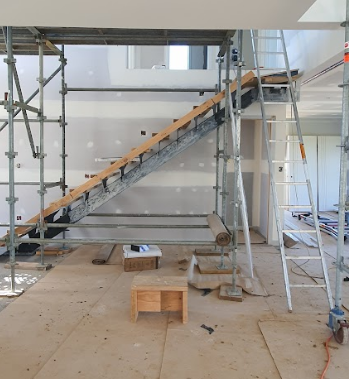The interior designer owner of this bathroom was thrilled with our work delivering her vision for her own home. Note the farm-style batons added to the ceiling. The half-wall tiles wrap right around the room and include a fully inset bath. A feature which might not be immediately obvious is that the bath tiles have mitred edges. A mitred edge allows the two edges of the tile to fit together with a high-end, seamless look, to enjoy the full view of the tiles without a metal strip hiding the edges. The shower was custom-made, as was the farmhouse door and
How Do You Make Tile Floors Less Slippery Tile floors are a popular choice for their durability, easy maintenance, and aesthetic appeal. However, one common concern that both homeowners and business owners face is the potential slipperiness of tile surfaces. This issue can pose a significant safety hazard, especially in high-traffic areas or spaces where water is frequently present. Fortunately, there are several effective methods to reduce the slipperiness of tile floors, ensuring a safer environment for occupants. Understanding the factors that contribute to the slippery nature of tile floors is essential
Insider Secrets and Expert Advice for Successful DIY Floor Tiling Before you even think about diving headfirst into that DIY tiling project, let's make sure you've got all your ducks in a row. Trust me, the last thing you want is to realize halfway through that you're missing a crucial tool or running low on adhesive. So, first things first, let's talk materials and tools. You're gonna need some basic essentials like tiles (obviously), tile adhesive, grout, spacers, a trowel, a tile cutter (unless you enjoy smashing tiles with a hammer - don't ask me how I know this), a level for making sure your tiles are straighter than an arrow, and some sponges and buckets for cleaning up the mess as you go along. Oh, and don't forget about safety gear! Protective eyewear and knee pads can make all the difference between finishing with pride or finishing with regret. Once we've got all our goodies gathered up, it's time to focus on prepping your workspace. Protecting your floors from splatters of adhesive and grout is essential. Nothing worse than realizing you've turned your living room into an unintentional mosaic art piece! Also, sizing up the area
How to Pick the Perfect Floor Tile Size for Your Space One of the first considerations when choosing the right floor tile size for a space is to take into account the overall dimensions and layout of the room. A larger tile size, such as 24x24 inches or even 36x36 inches, can create an illusion of more space in smaller rooms. On the other hand, smaller tile sizes, like 12x12 inches or mosaic tiles, may be more suitable for intricate patterns or curvaceous spaces. Stylistic objectives also play a crucial role in determining tile size. For instance, a large format tile can provide a modern and sleek aesthetic, while smaller tiles may contribute to a more traditional or intricate look. It's essential to carefully evaluate how the chosen size will complement the design intent of the space. Maintenance requirements should not be overlooked when selecting floor tile sizes. Larger tiles can reduce grout lines, making cleaning and upkeep more manageable. Conversely, smaller tiles with increased grout lines may require more frequent maintenance but can offer better slip-resistance in wet areas. Budget considerations are also important in decision-making. Larger tiles often come with higher material and installation



